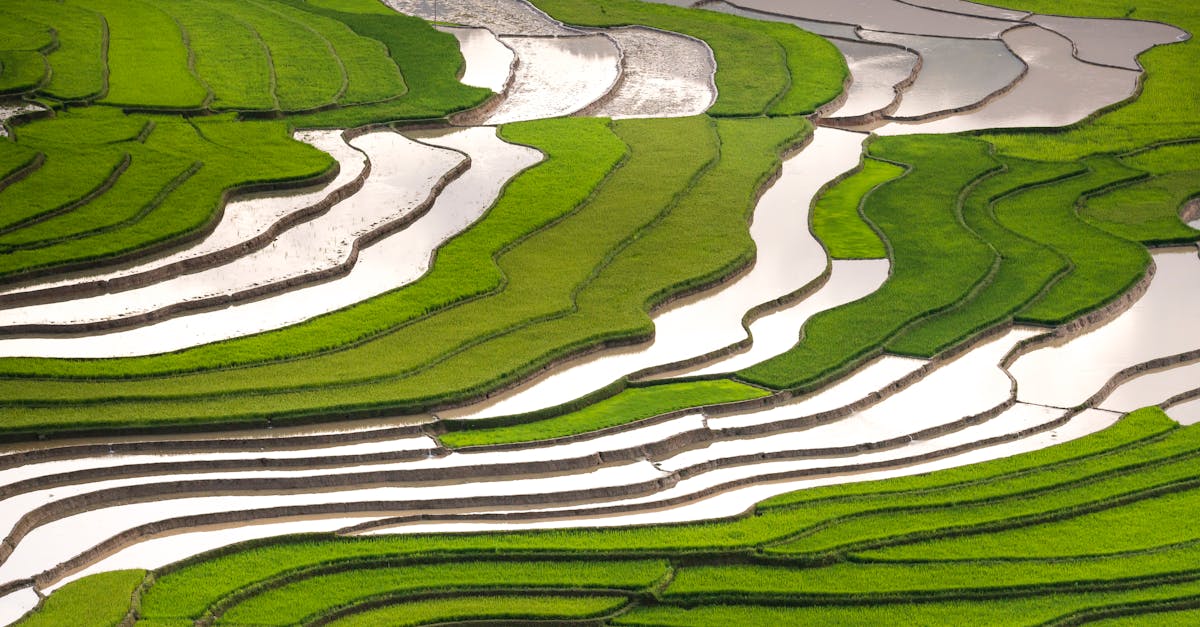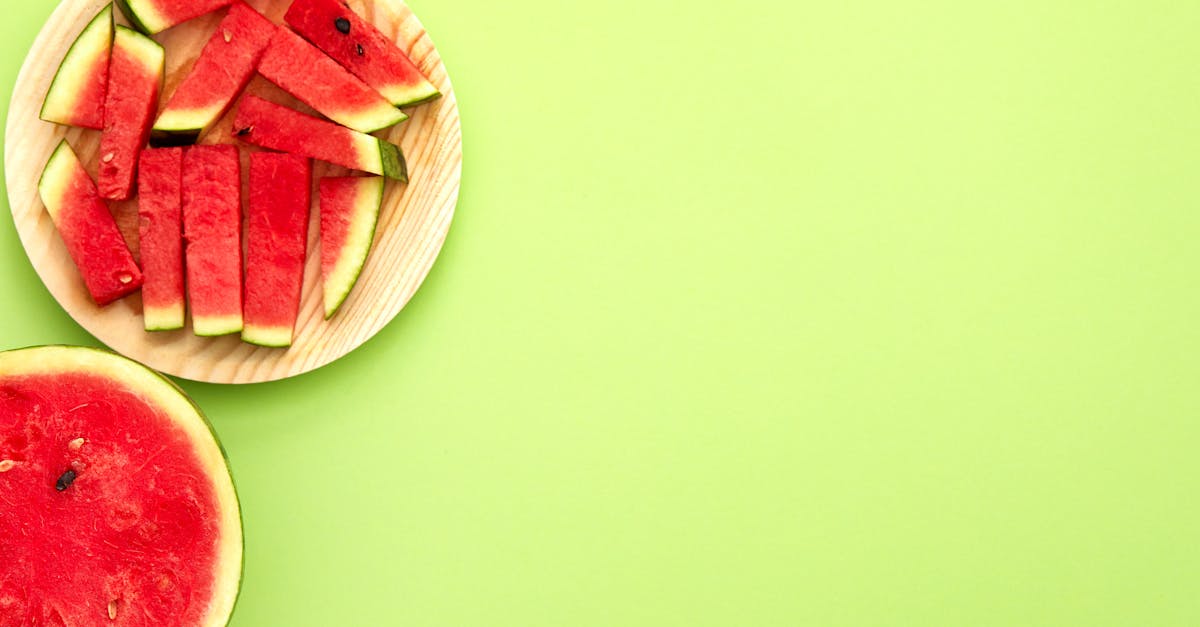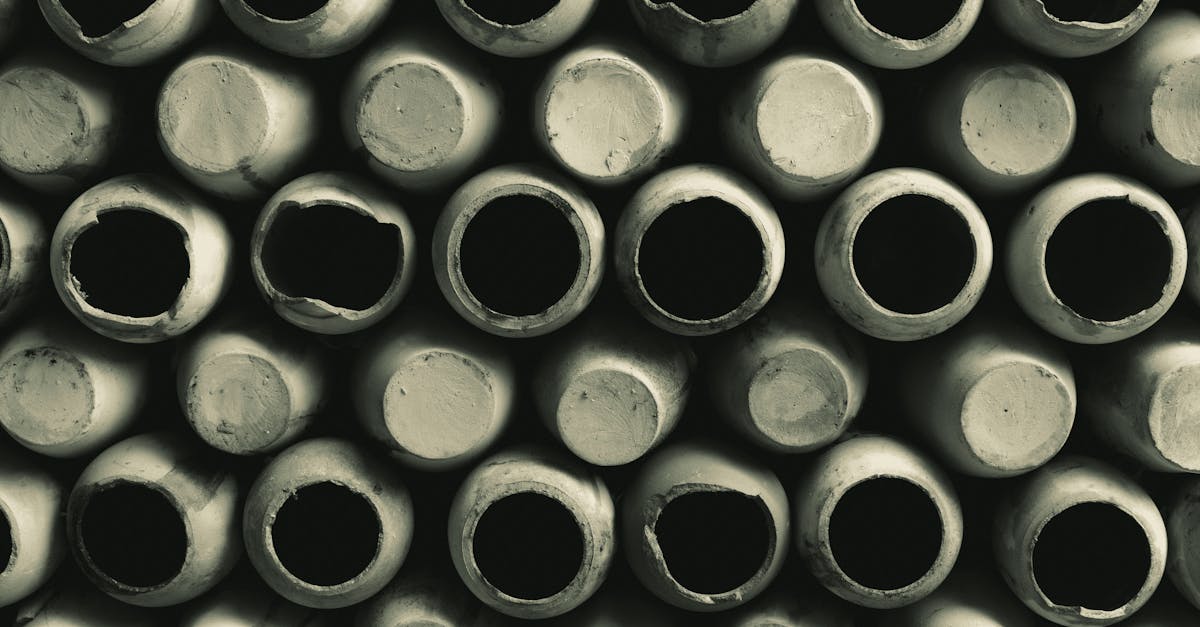Are you struggling with pots without drainage holes? We’ve got you covered.
In this text, we’ll study into the world of plant containers sans drainage and investigate the dos and don’ts of caring for your green companions in these unique pots.
From watering tips to preventing root rot, we’ll equip you with the knowledge to keep your plants thriving in these seemingly challenging conditions.
Let’s turn the spotlight on pots without drainage holes and unlock the secrets to successful plant parenthood.
Key Takeaways
- Pros of pots without drainage holes:
Aesthetic appeal and versatility in use.
Control over watering frequency. - Aesthetic appeal and versatility in use.
- Control over watering frequency.
- Cons of pots without drainage holes:
Risk of overwatering and root rot.
Poor soil aeration leading to plant health issues.
Regular monitoring of soil moisture is crucial. - Risk of overwatering and root rot.
- Poor soil aeration leading to plant health issues.
- Regular monitoring of soil moisture is crucial.
- Watering techniques for pots without drainage holes:
Monitor soil moisture regularly.
Consider bottom watering method.
Adjust watering schedule based on plant needs. - Monitor soil moisture regularly.
- Consider bottom watering method.
- Adjust watering schedule based on plant needs.
- Choosing the right soil mix:
Opt for a well-draining soil mix with perlite or sand.
Consider cactus or succulent mix for fast drainage.
Look for soil with aeration and moisture retention qualities. - Opt for a well-draining soil mix with perlite or sand.
- Consider cactus or succulent mix for fast drainage.
- Look for soil with aeration and moisture retention qualities.
- Preventing root rot in containers without drainage holes:
Be cautious with watering to avoid root rot.
Use a well-draining soil mix to improve airflow.
Regularly check soil moisture and consider repotting if needed. - Be cautious with watering to avoid root rot.
- Use a well-draining soil mix to improve airflow.
- Regularly check soil moisture and consider repotting if needed.

Pros and Cons of Pots Without Drainage Holes
When it comes to pots without drainage holes, there are a few things to consider. Let’s take a look at the Pros and Cons of these unique containers:
-
Pros:
- Aesthetic Appeal: Pots without drainage holes come in a variety of styles and materials, adding a touch of elegance to your indoor or outdoor space.
- Control Over Watering: With no holes at the bottom, you have more control over the watering frequency, preventing water from leaking out and potentially damaging surfaces.
- Versatility: These pots can be used in creative ways like turning them into decorative plant arrangements or using them for plants that don’t require as much water.
- Risk of Overwatering: Without drainage holes, it’s easier to overwater plants, leading to root rot and other issues.
- Poor Soil Aeration: Waterlogged soil can restrict oxygen flow to the roots, impacting the and so health of the plant.
- Monitoring Required: Regularly checking the soil moisture levels becomes critical to prevent water stagnation.
It’s important to understand both the advantages and drawbacks of using pots without drainage holes to make an well-informed choice for your plants’ well-being.
For more tips on plant care, check out our article on proper watering techniques.
Watering Techniques for Pots Without Drainage Holes
When it comes to watering plants in pots without drainage holes, we need to be extra cautious. Overwatering can lead to root rot and other issues. Here are some tips to help you keep your plants healthy:
- Monitor: Check the soil moisture regularly using a moisture meter. This gadget helps us avoid overwatering, keeping our plants happy.
- Bottom Watering: Place the pot in a basin of water and allow the roots to absorb the moisture from the bottom up.
- Be Mindful: Adjust your watering schedule based on plant needs and environmental conditions.
After all, proper watering is important for the well-being of your plants in pots without drainage holes. For more watering techniques, check out this guide on watering tips for container plants.

Choosing the Right Soil Mix
When it comes to pots without drainage holes, the soil you use is critical. Here’s what we recommend:
- Opt for a well-draining soil mix:
- A combination of potting soil and perliteorsand helps with drainage.
- It’s important to avoid compacting the soil, allowing oxygen to reach the roots.
- Consider using a cactus or succulent mix:
- These mixes are fast-draining and prevent waterlogged soil.
- Look for soil with aeration and moisture retention qualities:
- This helps maintain healthy root conditions.
When in doubt, consult with your local nursery for expert advice.
For more information on soil mixes for container plants, check out this helpful resource from Gardening Know How.
Preventing Root Rot in Containers Without Drainage Holes
When it comes to pots without drainage holes, being mindful of overwatering is critical to prevent root rot. Without an escape route for excess water, roots can drown and rot, leading to plant health issues. To avoid this, water sparingly and make sure the soil dries out between waterings.
Additionally, using a well-draining soil mix is important. Consider mixing potting soil with perlite or sand to improve drainage. This allows for adequate airflow around the roots, reducing the risk of moisture buildup.
After all, regular maintenance is key. Check the soil moisture regularly, and if needed, repot your plant into a container with drainage holes to promote healthy root growth.
For more tips on preventing root rot, check out this resource from Gardening Know How.

